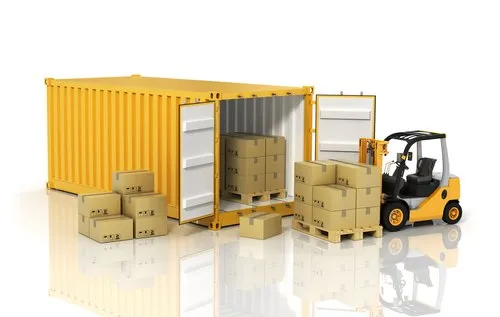Shipping line container loading
Container loading is a complex and strategic process that directly impacts the efficiency, safety, and success of shipping operations. Careful planning, stowage techniques, and compliance with safety regulations are essential for successful container loading. Efficient container loading maximizes cargo capacity, reduces shipping costs, and minimizes the risk of damage or accidents during transit. As the shipping industry continues to evolve, advancements in technology and innovative loading methods will further enhance the container loading process, making it even more precise and efficient.
To begin the container loading process, the type and dimensions of the cargo must be considered. Different cargoes, such as bulk materials, palletized goods, or irregularly shaped items, require distinct loading strategies. The goal is to utilize the available space efficiently while maintaining weight distribution and stability.
Planning is critical to successful container loading. This involves creating a loading plan that outlines the arrangement of cargo within the container. Software tools, such as SONATA, OptiBox, packVol programs, can assist in generating optimized loading plans based on cargo specifications and container dimensions. The plan may include details such as the position of each item, stacking order, and securing mechanisms.
Stowage techniques are crucial for safe container loading. Heavy items should be placed at the bottom to lower the center of gravity and enhance stability. Lighter and fragile items should be stacked on top, avoiding direct contact with the container walls. The aim is to prevent cargo movement during transit, which could lead to damage or even container tipping.
Proper securing of cargo is a vital safety consideration. Cargo must be adequately braced, blocked, and secured to prevent shifting during transportation. Various tools and materials, such as dunnage bags, strapping, and twist locks, can be employed to immobilize cargo within the container. This prevents not only damage to the cargo itself but also potential harm to personnel and damage to the container or vessel.
Adherence to safety regulations is paramount. International regulations, such as those set by the International Maritime Organization (IMO), outline guidelines for container loading to ensure the safety of vessels, crew, and cargo. These regulations cover aspects like weight limits, hazardous materials handling, and proper labeling.


